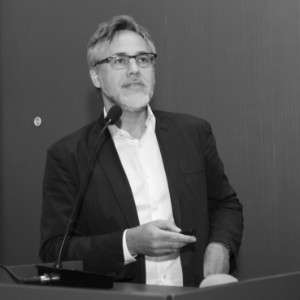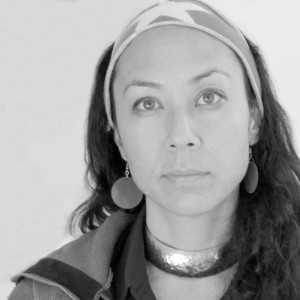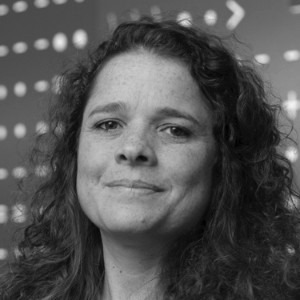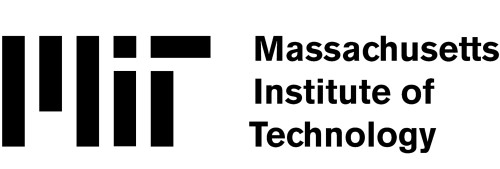What Comes After the Public, the Private, and the “Shared”?
The public realm and the private sphere aren’t what they used to be. Rising inequality and austerity has dashed the dream of a chicken in every pot, Ford in every drive, and rising property values in perpetuity. Simultaneously, the public goods and social housing erected during that time have been left to corrode beyond repair. In place of both is a technology-enabled “sharing economy” transforming once-private possessions — your house, your car, your bed — into publicly-available services for anyone willing to pay, no sharing necessary.
Cheap capital and network effects may have precluded alternatives to Uber, WeWork, and AirBnB at least initially, but the erasure of the hard and bright line between public-and-private has opened new possibilities for more local collectives and platform-based ‘commoning.’ In the domestic realm, for example, co-living and co-housing have (re)emerged as viable alternatives to single-family homes discarding the unilateral relationship between resident, designer, and developer.
While some of these models have proven capable of producing more sensitive, functional, and spatially innovative forms of housing, the broader implications of these publics at city scale — enhanced by technology empowering citizens rather than “users” — remains largely unexplored. The true innovation of smartphone-enabled social networks isn’t sharing media snippets, but creating more fluid and federated models of community — and situating them in space and time.
The promise of building more open collectives and communities by melding the physical and digital remains intact. So, how can architects and urbanists take the lead in imagining these new collectives to recombine public and private in more just and sustainable ways?
What are new collectives and why do they matter?
A collective for us means a voluntary and dynamic group of individuals who share common goals and values and who seek to accomplish them through place-based collaboration. Like their communal predecessors, new collectives are grounded in the intimacy and trust of face-to-face intersections. But they are also able to leverage the distributed connectivity, varying intensity, and scale of digital platforms to extend their reach.
The emergence of such collectives can be traced to simultaneous economic- (inequality, informality, precarity), environmental- (climate change, resource scarcity, food production), and social (isolation, polarization, loneliness) crises. The failures of the market and the withdrawal of the state has driven people by necessity to experiment with new forms of sharing. This impulse has previously given rise to such movements as “platform cooperativism,” urban commoning, and intentional communities, for example. Each of these models may have critical weaknesses, but their underexplored combination creates possibilities for radically different forms and metabolisms of hybrid physical/digital structures, sharing, friendships, and making common cause.
As opposed to the all-encompassing and closed nature of historical collectives such as kibbutzim or communes, a contemporary collective typically focuses on a shared project such as childcare, food production or housing. Rather than encapsulating and trying to reinvent everyday life, these collectives encourage more limited-but-deliberate exchanges, in which the extent of sharing is driven exclusively by a member’s desire to do so — without the need to share other aspects of life.
Traditional collectives rely on ideology, observation, propinquity, and strong social ties to maintain a level of cohesion that can often become controlling (if not downright dystopian). In contrast, new ‘open’ collectives also embrace the entry and exit of members as an essentially dynamic and creative process rather than a threat to group identity and cohesion. As a porous social network, such a collective is designed to expand and contract in both members and functions. In doing so, it avoids the fate of other niche collectives that have closed, atrophied, or dissolved altogether over time. Flexibility in both participation and contribution is key to combining the defined scope and value of new collectives with the holistic qualities of their more traditional counterparts.
The advent of the internet, pervasive computing, and global social networks have enabled new relationships that rely more on digital than cognitive bandwidth to build trust (or destroy it). As seen in such phenomena as the messaging platform Discord and blockchain-based “decentralized autonomous organizations,” these networks offer the possibility of offloading collective decision-making and operations to new communications- and coordination tools.
Such tools were embraced by necessity during the early days of the COVID-19 pandemic, which resulted in the near-total disruption of analogue interactions and shifted economies of all scales from brick and mortar locations to e-commerce. These overnight adaptations emphasized the dialectic between the physical/digital divide permanently changing the way that we live, work, play, and learn. Likewise, the ongoing debate over who mediates and moderates the exchange of information and ideas in digital communities and forums has been forced to grapple with ever-more serious issues of privacy, free speech, and truth.
The MIT Future Urban Collectives Lab aims to explore why and how participants have embraced collectives; new models of community and coordination that have emerged as a result, and how novel combinations of digital networks and physical structures might strengthen these efforts by addressing each other’s weaknesses. In doing so, it asks what future forms of cohabitation, coproduction, and coexistence can exist across various scales











